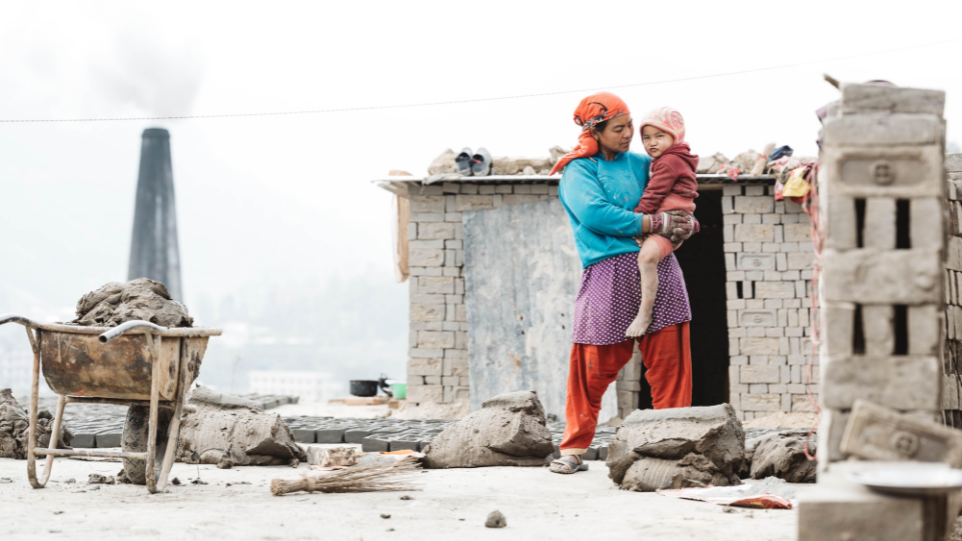World Day Against Child Labor: Reflecting on progress in Nepal’s brick industry
June 12, 2025In April 2024, the government of Nepal added all activities related to brick manufacturing to the hazardous child labor list, declaring any part of brick manufacturing unsafe for children under the age of 17.

This step by the Nepali government was a result of sustained efforts in policy, programming, and advocacy from public and private institutions dedicated to addressing child labor in its worst forms. Taking stock of some of the wins seems fitting to celebrate World Day Against Child Labor.
GoodWeave has had a long and productive presence in Nepal for 30 years which began as an effort to stop child labor in the rug sector. It’s work has since expanded to home textiles, and bricks with the Better Brick Nepal.
The Better Brick Nepal (BBN) program began in 2013 with 5 participating kilns. Through BBN, GoodWeave established a Better Brick Nepal Standard with input from brick experts and managed the inspection program through its national team. The GoodWeave Certification Nepal team, along with our local partners, conducted unannounced inspections, trained kiln owners, brokers, and workers on child labor issues. However, the program wasn’t without its challenges. Program implementers stated that breaking norms such as use of labor brokers, advances to entice workers, lack of infrastructure for schools, and the nature of seasonal work, needed time and community effort. However, despite difficulties, the project was able to increase the number of participating kilns to 40 by 2017.
Inspection, monitoring, and certification have been the backbone of GoodWeave standards. Under the Better Brick Nepal Standard, GoodWeave teams conducted audits and certified kilns that were child and forced labor free. From 2013 to 2021, GoodWeave certified 15 brick kilns in Nepal. In 2021, the program transitioned to a stakeholder-led initiative. While the program now operates as a voluntary mechanism, it was successful in helping shape our thinking about the role we can play in bringing the GoodWeave model to new sectors.
Different sectors, such as apparel in Bangladesh, have benefitted from such learnings. While certifications present their own set of challenges, inspections, monitoring, and working with suppliers and communities should be at the forefront of holistically addressing child labor in the supply chain. Monitoring, which includes mapping supply chains — especially of its hidden tiers, has been a foundation of GoodWeave’s theory of change. Mapping and monitoring supply chains is what ensures businesses bring visibility on outsourced production where child labor is most vulnerable.
On this World Day Against Child Labor, when the new ILO global estimates show nearly 138 million children still affected by child labor, GoodWeave is committed to continue our work in Nepal, and elsewhere. While we have made some headway in protecting children, we recognize our mission of eradicating child labor by 2025 is still unrealized. We commend the Nepali government’s efforts to protect children and bringing us closer to protecting vulnerable children, but their work does not end with a passage of the legislation- that is just the beginning. Implementing legal frameworks effectively require human and financial resources. Monitoring and remediating child labor is a sustained effort that GoodWeave is well aware of through our 30 years of experience in the region.
It is heartening to see the advocacy efforts of GoodWeave, and partners in Nepal, bring the spotlight and advance the national discourse on child labor in brick kilns. Nepali government’s effort to protect children in brick kiln was the basis of Better Brick Nepal program. While the fight for child labor is far from over, this meaningful step is towards the right direction.
